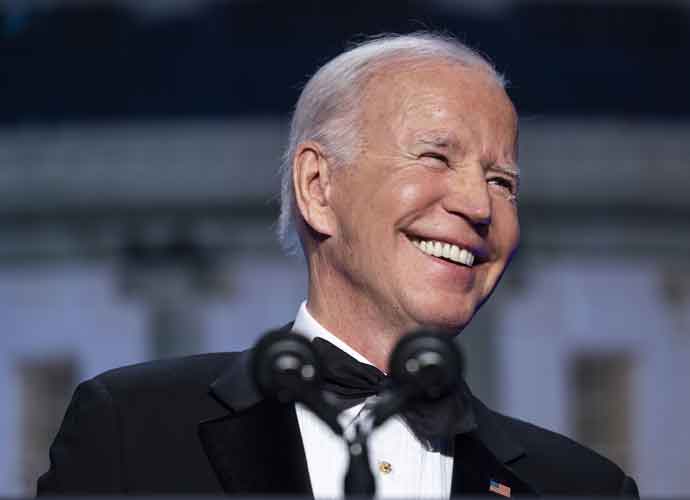Challenges Democrats Would Face If Biden Were To Withdraw From The Race
Following Thursday night’s debate, President Joe Biden’s shaky and disjointed performance sparked immediate discussions among concerned Democrats about his capability to run a successful campaign, prompting speculation about his potential withdrawal from the presidential race.
If Biden were to withdraw from the race, it would present significant challenges, given that he is already the Democrats’ presumptive nominee and enjoys overwhelming support among primary voters.
Biden has encountered minimal opposition throughout the primary season, and his near-total accumulation of the party’s delegates suggests it’s highly improbable he would be forced to leave the race involuntarily.
The current primary system, which prioritizes primary voters over party elites, arose in response to dissatisfaction after Democrats chose Vice President Hubert Humphrey as their presidential nominee in 1968.
Subscribe to our free weekly newsletter!
A week of political news in your in-box.
We find the news you need to know, so you don't have to.
After President Lyndon Johnson withdrew from the presidential race due to his low approval ratings and opposition to the Vietnam War, voters perceived Humphrey as a continuation of Johnson’s Vietnam policy at the Democratic National Convention. This perception led to violent protests among demonstrators after Humphrey accepted the nomination.
In the modern primary system, if the leading candidate withdraws from the race after most primaries or even after the convention, individual delegates must choose the party’s nominee either on the convention floor or during a virtual roll call.
The Democratic party’s deadline for states to select their delegates, totaling over 3,9000, was June 22. Nearly all of these delegates have pledged their support to Biden and have been endorsed by his campaign.
Therefore, although a majority of convention delegates could choose a new nominee, achieving this would necessitate significant defections from the president’s supporters. Thus, if Biden were to withdraw from the race, it would primarily fall upon his backers to select his replacement.
Usually, the vice president, in this instance Vice President Kamala Harris, would be seen as the frontrunner to replace the incumbent president. However, other party figures, like California Gov. Gavin Newsom have also generated speculations about their potential to succeed Biden successfully.
If a candidate were to leave the race following the party’s convention, Democrats and Republicans employ slightly different methods to handle such a scenario.
According to Democratic Party rules, the Democratic National Committee would need to fill a vacancy on the national ticket after the convention, with the party chair consulting Democratic governors and congressional leadership.
If a vacancy were to arise on the Republican side, the Republican National Committee could either reconvene the national convention or directly select a new candidate.
However, if an incumbent president becomes incapacitated after securing the party’s nomination, the 25th Amendment elevates the vice president to the presidency, while party rules dictate the process for selecting a new nominee.
According to a Congressional Research Service memo, neither party mandates that the vice-presidential candidate must automatically ascend to the top of the ticket, although that outcome is typically most probable.
Get the most-revealing celebrity conversations with the uInterview podcast!







Leave a comment